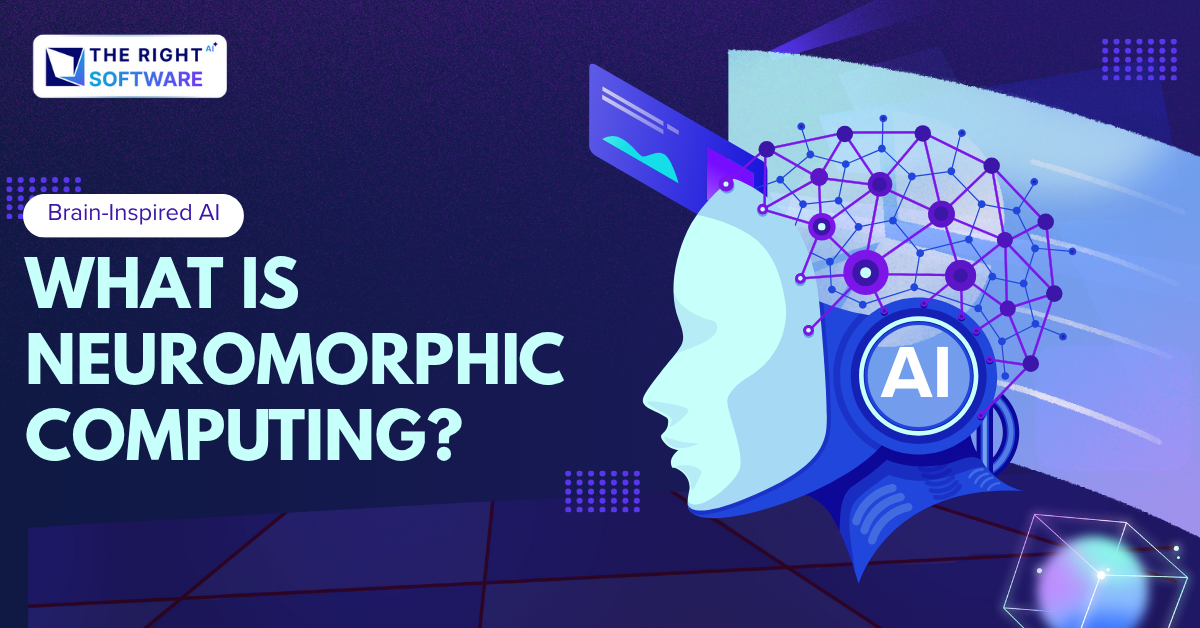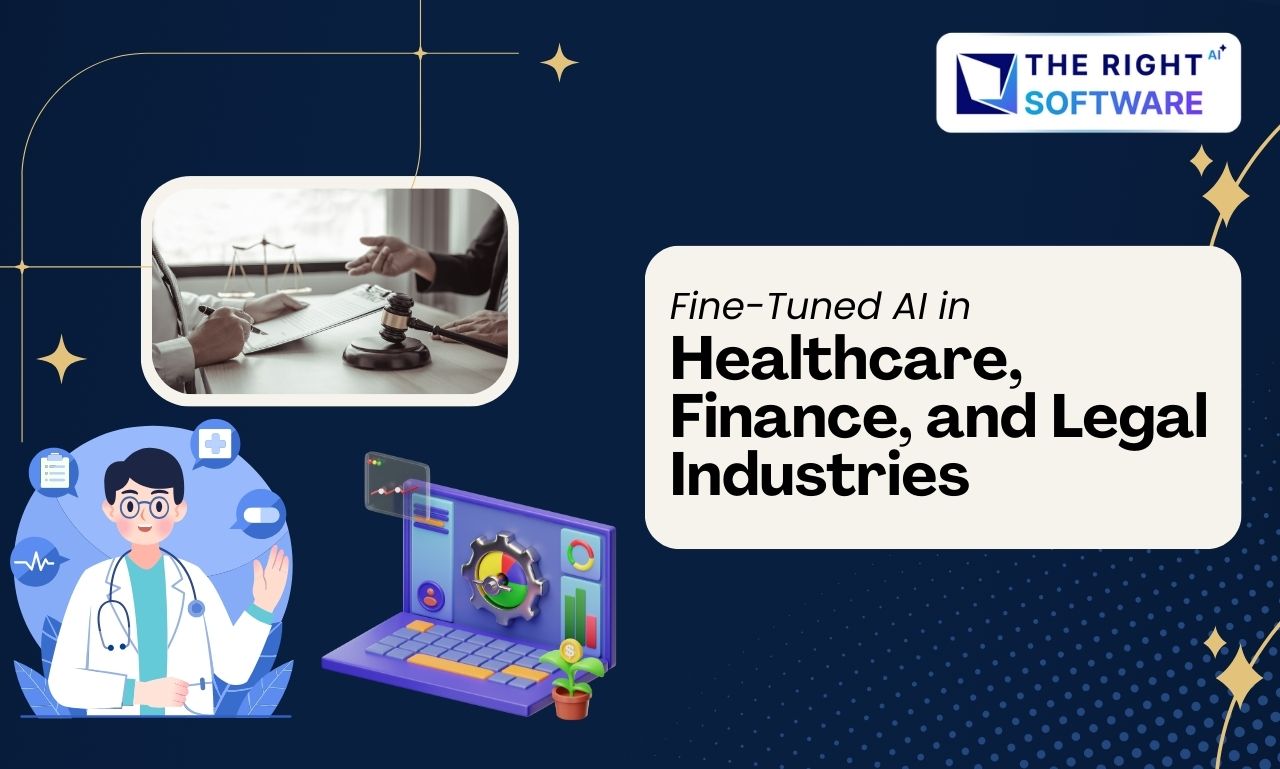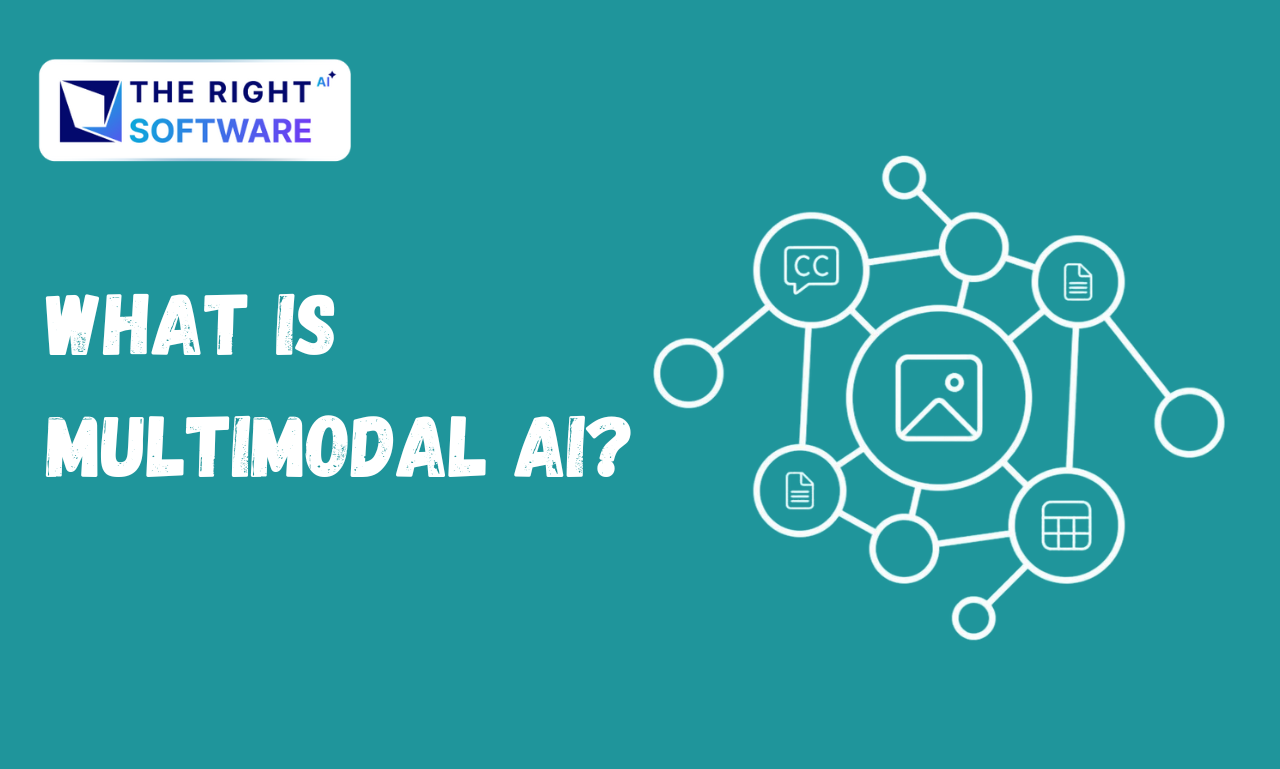Introduction: What Exactly Is Neuromorphic Computing?
Imagine a computer that doesn’t just calculate — but thinks, learns, and adapts like the human brain. That’s the promise of neuromorphic computing — a new frontier in artificial intelligence inspired by the biological neural networks that power human cognition.
Traditional computers, no matter how powerful, process information in a linear and energy-hungry way. In contrast, neuromorphic systems mimic how neurons and synapses communicate in the brain — making them faster, more energy-efficient, and capable of continuous learning.
As AI evolves, neuromorphic computing is emerging as the bridge between machine logic and human intelligence — enabling smarter robots, real-time decision systems, and energy-efficient computing for the future.
In this beginner’s guide, we’ll explore what neuromorphic computing is, how it works, its benefits, and why it’s being called the next big leap in artificial intelligence.
Explore: A Chrome Extension Case Study: How The Right Software Leverages AI for Rapid Product Development
Section 1: Understanding Neuromorphic Computing
The Inspiration — The Human Brain
The human brain is the most efficient processing system ever created. It contains about 86 billion neurons, each connecting to thousands of others, forming trillions of synapses. This vast network enables humans to recognize patterns, make decisions, and learn from experience — all while consuming roughly 20 watts of power (less than a light bulb!).
Neuromorphic computing seeks to replicate this biological structure. Instead of using traditional transistors and sequential processing, it uses spiking neural networks (SNNs) — digital circuits that simulate the electrical spikes and synaptic behavior of real neurons.
How It Works
In a neuromorphic system:
Neurons act as tiny processors that fire when they receive enough signals.
Synapses manage how these signals pass between neurons.
Spikes represent communication between neurons — just like electrical impulses in the brain.
These systems operate asynchronously, meaning they process only when needed — saving enormous amounts of energy compared to classical CPUs and GPUs that constantly run.
Example: Here’s a simple Python snippet that simulates a spiking neuron firing only when inputs exceed a threshold — just like biological neurons:
import numpy as np
def spike_neuron(input_signal, threshold=0.6):
potential = np.sum(input_signal)
return 1 if potential > threshold else 0 # 1 = fires, 0 = silent
print(spike_neuron([0.2, 0.3, 0.5])) # Output: 1 (spike)
This simplified model demonstrates how neuromorphic systems mimic real neurons’ behavior through spikes rather than continuous data processing.
Explore: How Large Language Models Work?
A Shift from Traditional Computing
Traditional AI models rely heavily on Von Neumann architecture, which separates memory and processing. This creates a “bottleneck” when transferring data back and forth.
Neuromorphic computing eliminates that bottleneck by integrating memory and computation — just like the human brain does. The result? Faster data handling, lower latency, and real-time learning capabilities.
Section 2: Evolution of Neuromorphic Computing
From Concept to Reality
The term neuromorphic engineering was first introduced by Carver Mead in the 1980s. He envisioned computers that could mimic neurobiological architectures instead of relying solely on mathematical algorithms.
For decades, the idea was largely theoretical — limited by hardware constraints. But with today’s advancements in AI chips, nanotechnology, and machine learning models, neuromorphic computing has moved from lab experiments to real-world prototypes.
Major Milestones
- 2006–2010: IBM’s “TrueNorth” chip was one of the first large-scale neuromorphic systems, capable of simulating one million neurons.
- 2014: Intel launched Loihi, a self-learning neuromorphic chip that processes data in real time with remarkable energy efficiency.
- 2020–Present: Research from universities like Stanford, MIT, and ETH Zurich is now exploring hybrid neuromorphic systems that combine analog and digital circuits for improved performance.
Neuromorphic vs. AI Hardware
While GPUs and TPUs (like those powering ChatGPT or image recognition models) are optimized for parallel computation, neuromorphic chips are designed for event-driven, low-power intelligence — perfect for robotics, autonomous vehicles, and IoT devices that need continuous, local processing.
In essence, GPUs think in math, while neuromorphic chips think in spikes — closer to how our brain perceives the world.
Section 3: Why Neuromorphic Computing Matters
1. Energy Efficiency
Traditional AI systems require vast energy — training one large language model can consume energy equivalent to hundreds of homes. Neuromorphic chips, however, consume 1000x less power for similar operations, thanks to event-based processing.
This makes them ideal for edge computing, where devices like drones, medical implants, or smart sensors need to function intelligently without depending on cloud power.
2. Real-Time Processing
Since neuromorphic chips process spikes as they occur, they can handle real-time data streams — essential for applications like autonomous navigation, cybersecurity detection, or real-time translation.
For instance, a self-driving car equipped with neuromorphic sensors could instantly interpret road patterns and make split-second decisions — just like a human driver.
3. Continuous Learning
Unlike traditional AI, which requires retraining with new data, neuromorphic systems can learn on the go. This “adaptive learning” mirrors how humans refine knowledge through experience.
Imagine a smart security system that doesn’t just detect motion but learns the difference between a pet, a person, or a shadow over time — without external updates.
4. Scalable Intelligence
Neuromorphic computing can enable scalable intelligence for future AI ecosystems — allowing networks of small, efficient processors to collaborate like neurons in a brain. This could reshape how AI operates across IoT networks, smart cities, and healthcare systems.
Section 4: Real-World Applications of Neuromorphic Computing
1. Robotics and Automation
In robotics, every millisecond counts. Neuromorphic processors allow robots to perceive, decide, and act instantly — crucial for industrial automation, warehouse robotics, and autonomous drones.
For example, Intel’s Loihi chip has been used in robotic arms that learn tasks by observing human movements, reducing programming time and improving adaptability.
2. Healthcare and Neuroscience
Neuromorphic computing is revolutionizing brain-computer interfaces and medical diagnostics. By mimicking how neurons communicate, researchers can create AI models that decode brain signals, helping in prosthetics control or early detection of neurological diseases.
It also enables portable diagnostic tools that process data locally, ensuring patient privacy and faster decision-making.
3. Edge AI and IoT Devices
Smart devices are becoming smarter — and neuromorphic chips make that possible without cloud dependence. From smart cameras that analyze movement patterns to wearable devices monitoring health in real time, neuromorphic systems enhance local intelligence while minimizing energy use.
4. Cybersecurity
With cyber threats becoming more dynamic, neuromorphic models can recognize anomalous behavior patterns in real time — identifying potential attacks before they escalate.
Their ability to continuously adapt makes them invaluable for future autonomous defense systems.
5. Environmental and Energy Systems
Imagine a smart grid that predicts energy demand by analyzing countless sensory inputs like weather, traffic, and usage patterns — all while optimizing power distribution efficiently. Neuromorphic computing could make such systems truly self-managing.
Section 5: Challenges and the Road Ahead
While promising, neuromorphic computing is still in its early stages.
1. Hardware Limitations
Building neuromorphic chips that fully replicate brain-like behavior remains complex. Scaling millions of neurons and synapses in silicon form is still a major engineering challenge.
2. Lack of Standardized Frameworks
Unlike AI or deep learning frameworks (like TensorFlow or PyTorch), neuromorphic programming lacks universal tools — slowing down mainstream adoption.
3. Data and Compatibility
Existing AI models are built for traditional architectures. Transitioning them to spike-based processing requires rethinking data representation and training mechanisms.
However, tech giants and startups alike are heavily investing in research. With progress in memristor technology, bio-inspired materials, and cross-disciplinary collaborations, neuromorphic computing is moving closer to practical, scalable solutions.
Conclusion: The Future of Brain-Inspired Intelligence
Neuromorphic computing represents more than just another AI trend — it’s the blueprint for the next generation of intelligent machines. By bridging the gap between silicon and biology, it brings us closer to creating systems that can truly think, adapt, and evolve.
From low-power smart devices to autonomous robots and real-time analytics, this technology holds the potential to redefine how humans and machines coexist.
At The Right Software, we’re inspired by such forward-thinking technologies that push the boundaries of what’s possible. As innovation accelerates, embracing these brain-inspired systems will be key for businesses aiming to stay ahead in the age of intelligent automation.
Explore The Right Software:
Want to explore how AI and smart software can elevate your business?
Get in touch with The Right Software — where innovation meets intelligence. Let’s build solutions that think for your success.





